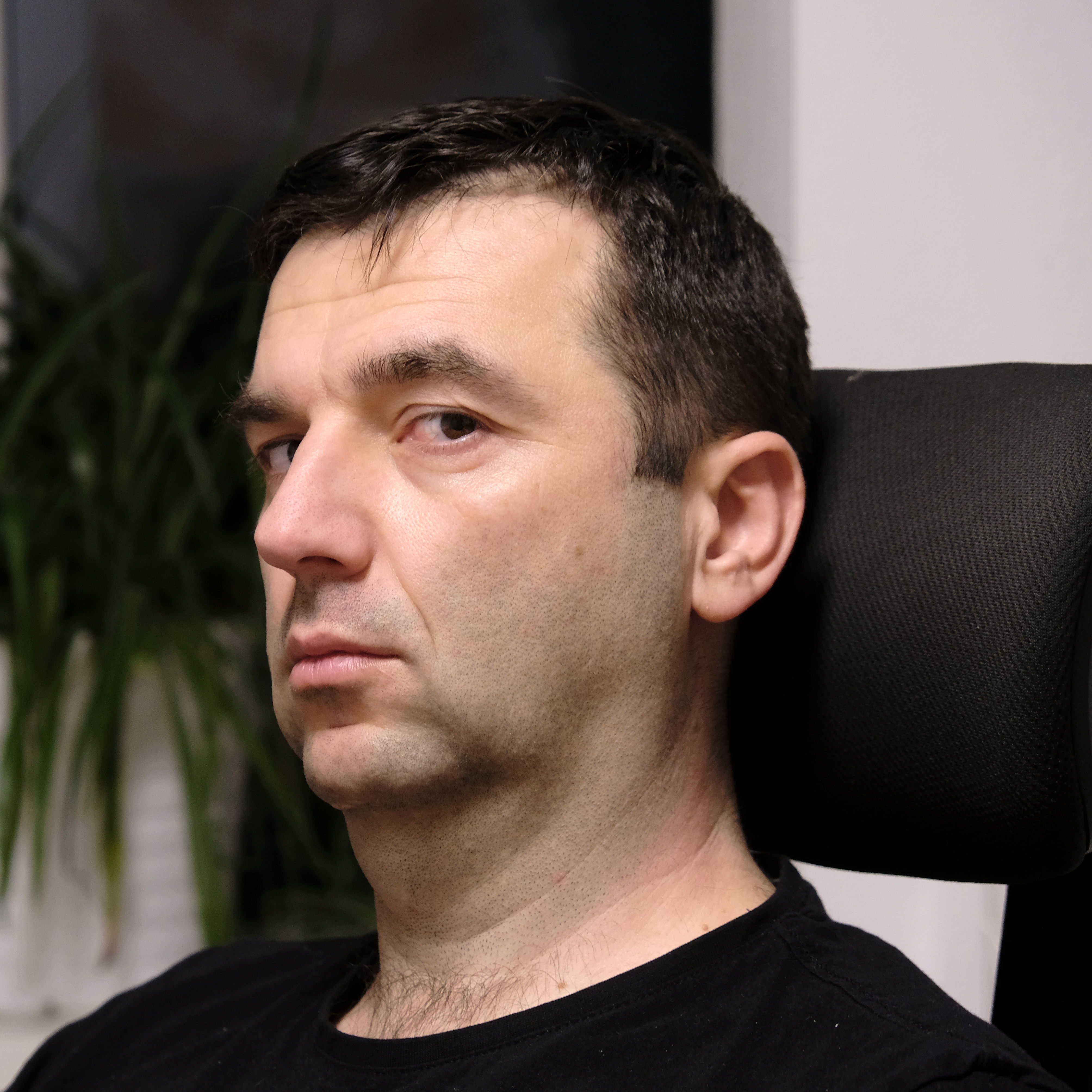Filters
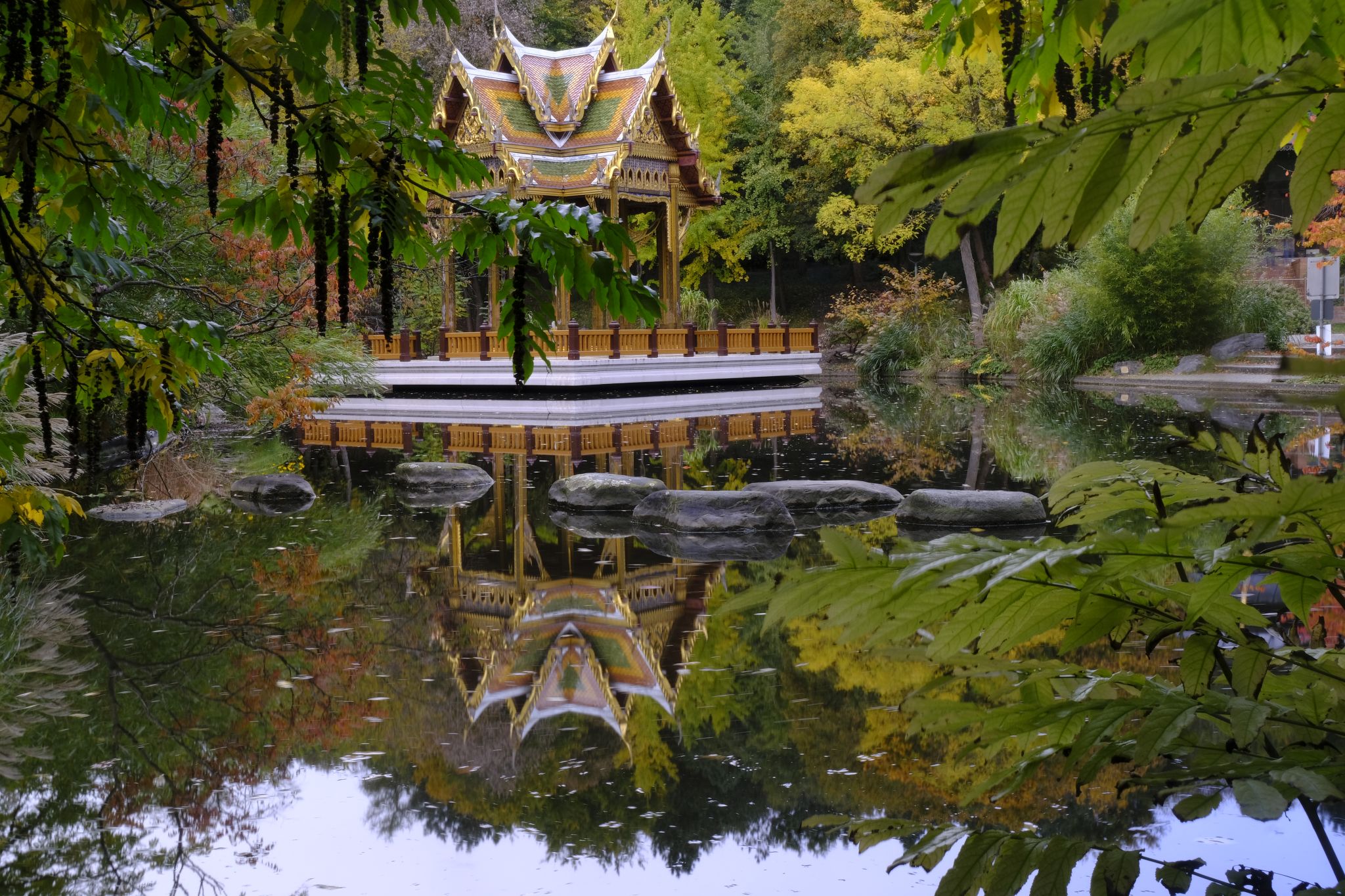
Someone on reddit asked what are the ND filters good for. I decided to upload a few photos with different filters to show them the results of using a filter.
Here is an example of using an ND filter. The ND filter lets you take a really long exposure, seconds or minutes, which then in turn can make your photo look very clean, or freeze out the water, or similar.
This photo was taken with 20 seconds exposure with an ND filter. It was a variable one, I believe this was at around 5 stops of light. It was taken in Westpark in Munich.
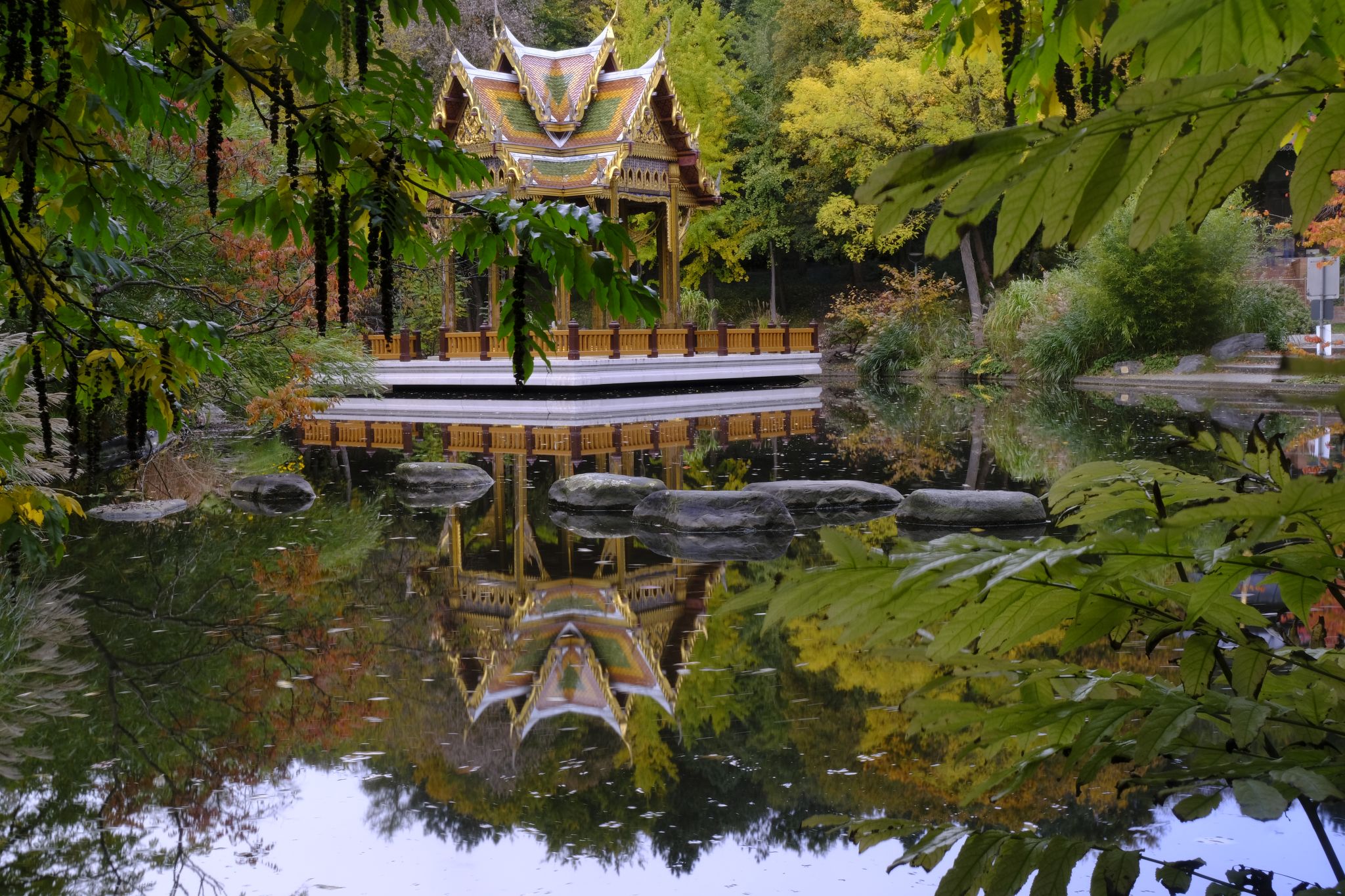
I have a few more examples here on the site. And it's not just during the day. Even during the night, you might want slow exposure - to be able to capture a lot of the background, but e.g. the moon is too bright. You can then use slow exposure plus ND filter to get the background into the picture (pun intended). Here's an example of a night shot with an ND filter, shot at 10 seconds, that I took here in Hohenbrunn.
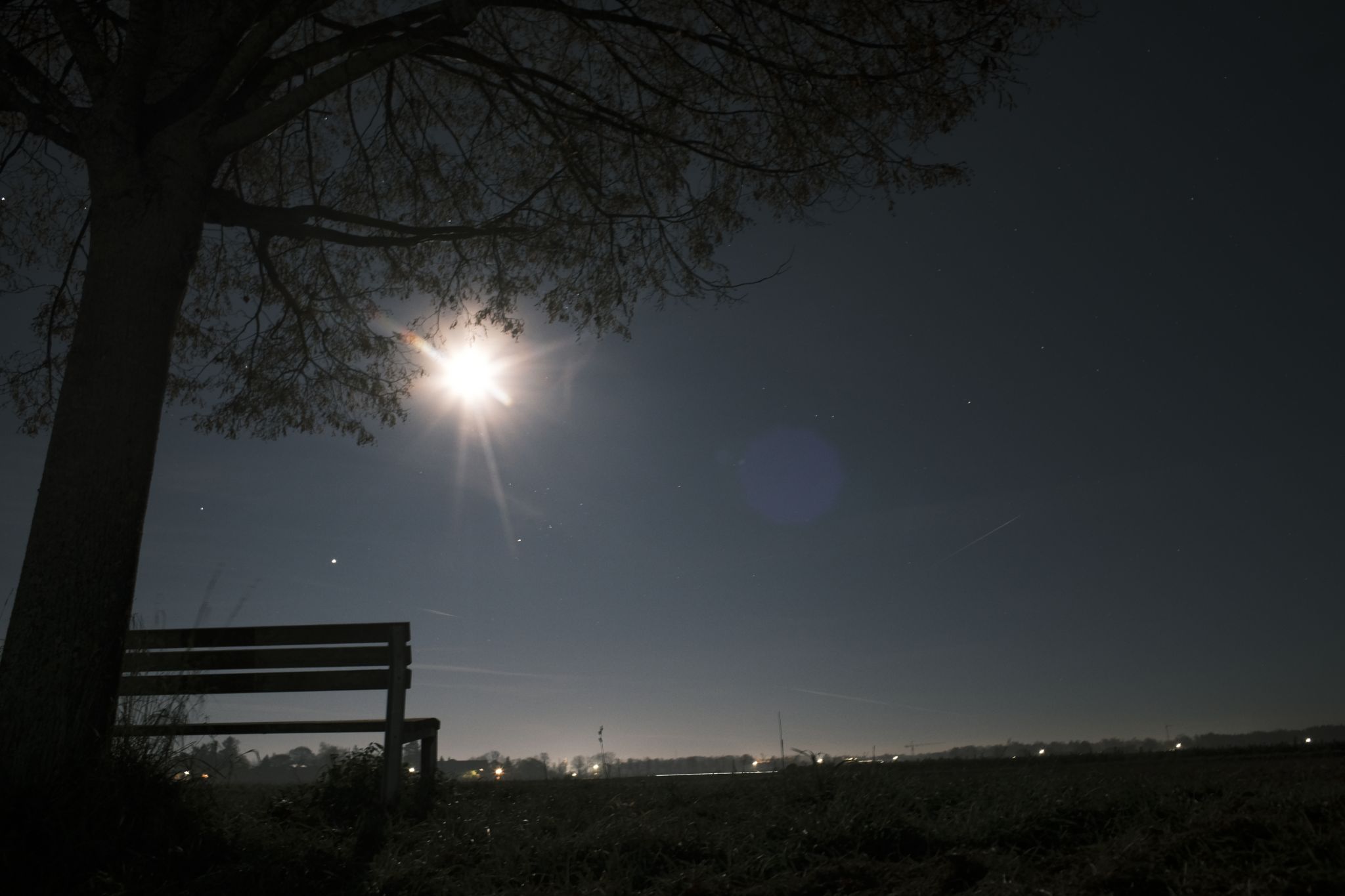
Another type of filter is a starburst filter. Sometimes you want to create a sunstar or similar, but you don't have so strong a source of light, or you can't control the other variables. That's where a starburst filter comes in. For example, this photo was taken at night and the lamps demonstrate quite clearly how the highlights on such a photo would be blown.
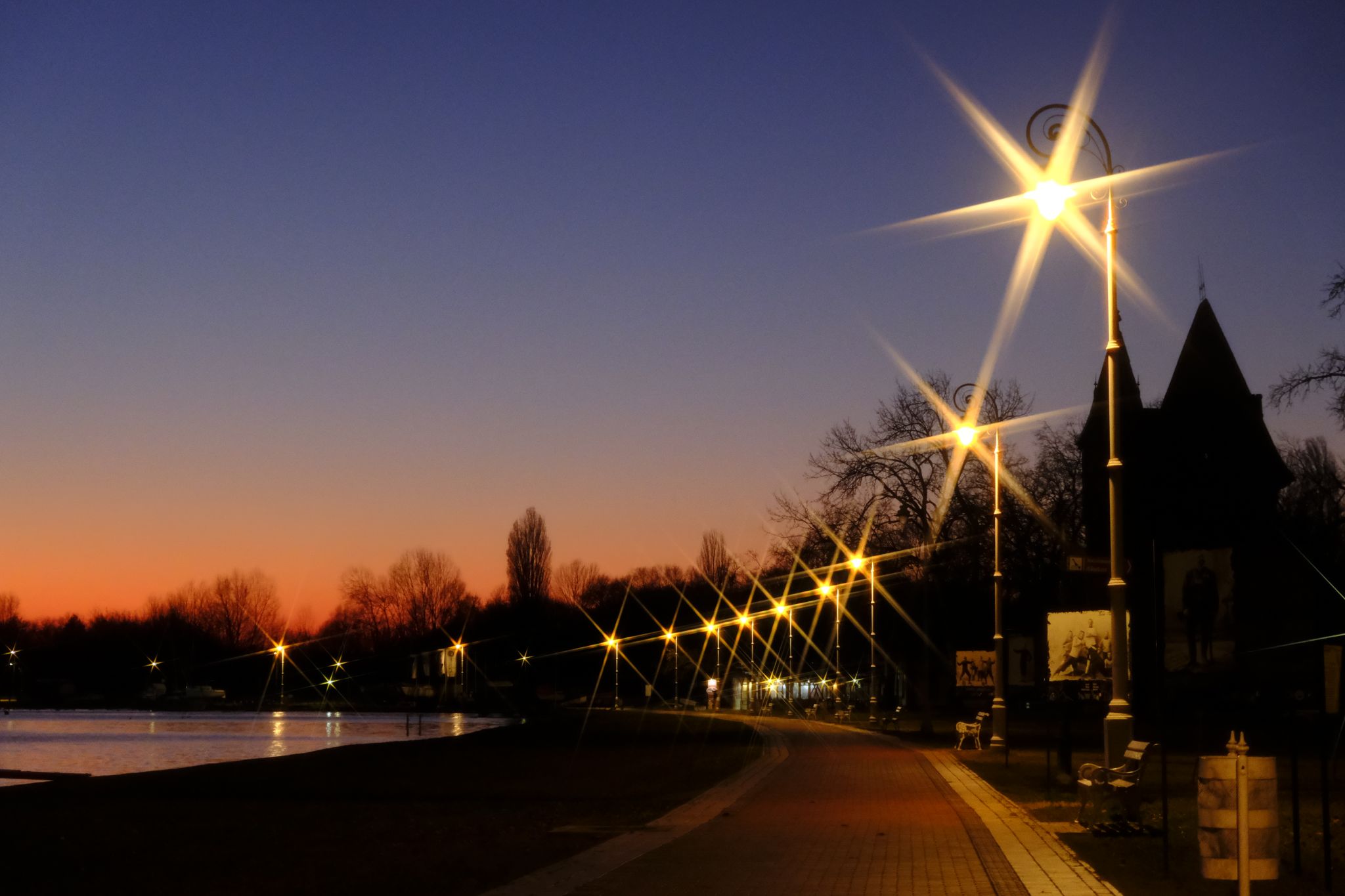
This one is with the same filter - on some Munich street.
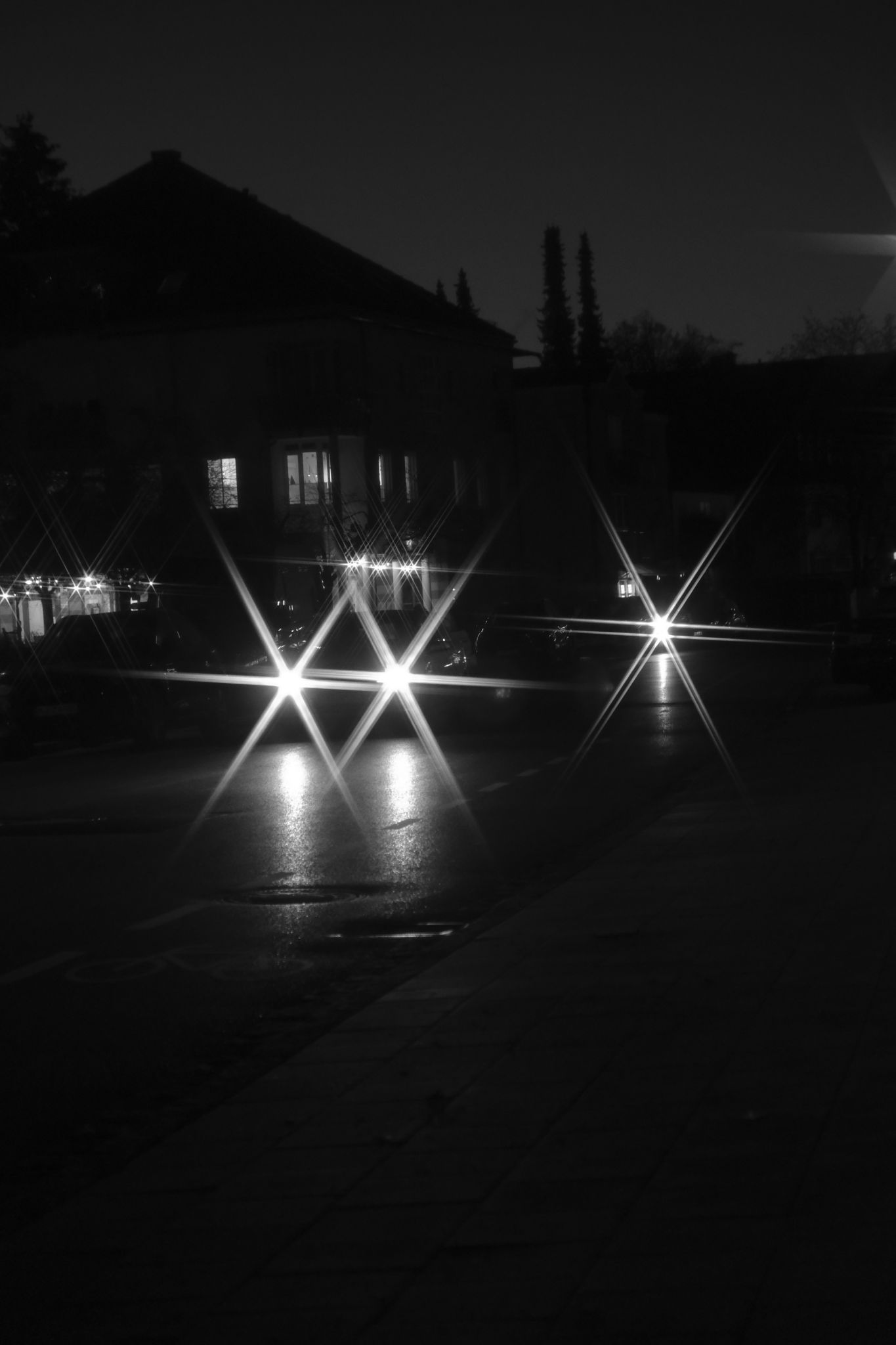
Another filter that can be interesting is a black-mist filter. It's supposed to do achieve filmic effect is black mist, or black diffusion fiilter. It softens the image, the contrast, and diffuses the light - especially strong light sources. I don't have a nice example of those, but I do have one, where the headlights on this tram are seen.
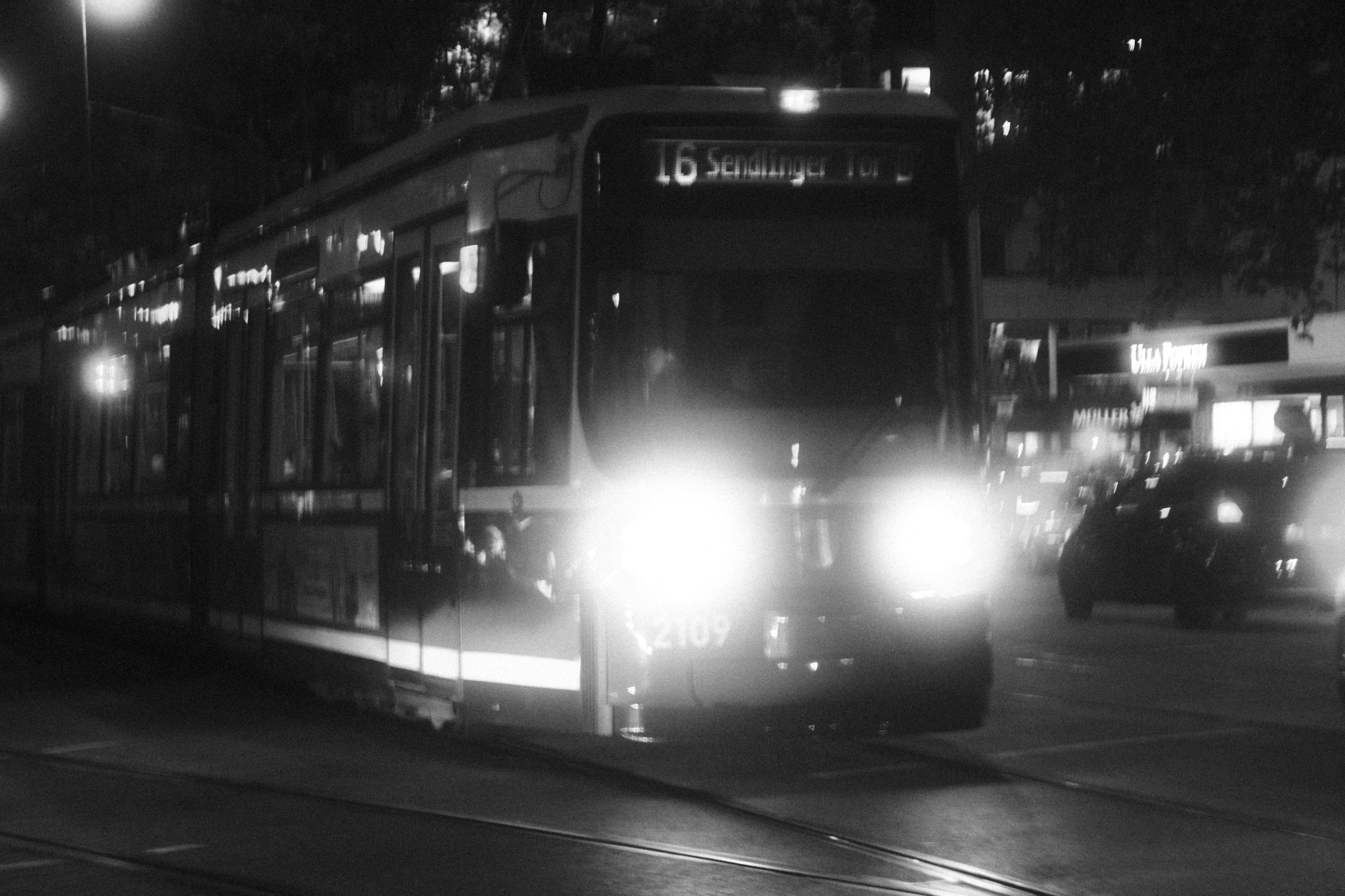
There are several more filters. For example, Fuji cameras have film simulations, with "built-in filters". They're not actual filters, but just a software approximation, and tend to emulate the real thing.
Fuji shooters really _love_ their Acros film simulation (and recipes based on it). And often times, they will use Across (Red) - that simulation..... erm, simulates the use of a red filter. A red filter basically is a piece of red-tinted glass, and that increases the intensity of red colors. That also affects nearby colors - like infrared, but then it looks like the blues (and greens) are darker (less blue light comes to the sensor). Which means skies turn out to be much darker. This photo of Hohenbrunn shows that - the sky (even though it was already dark) seems more dramatic with that film sim.
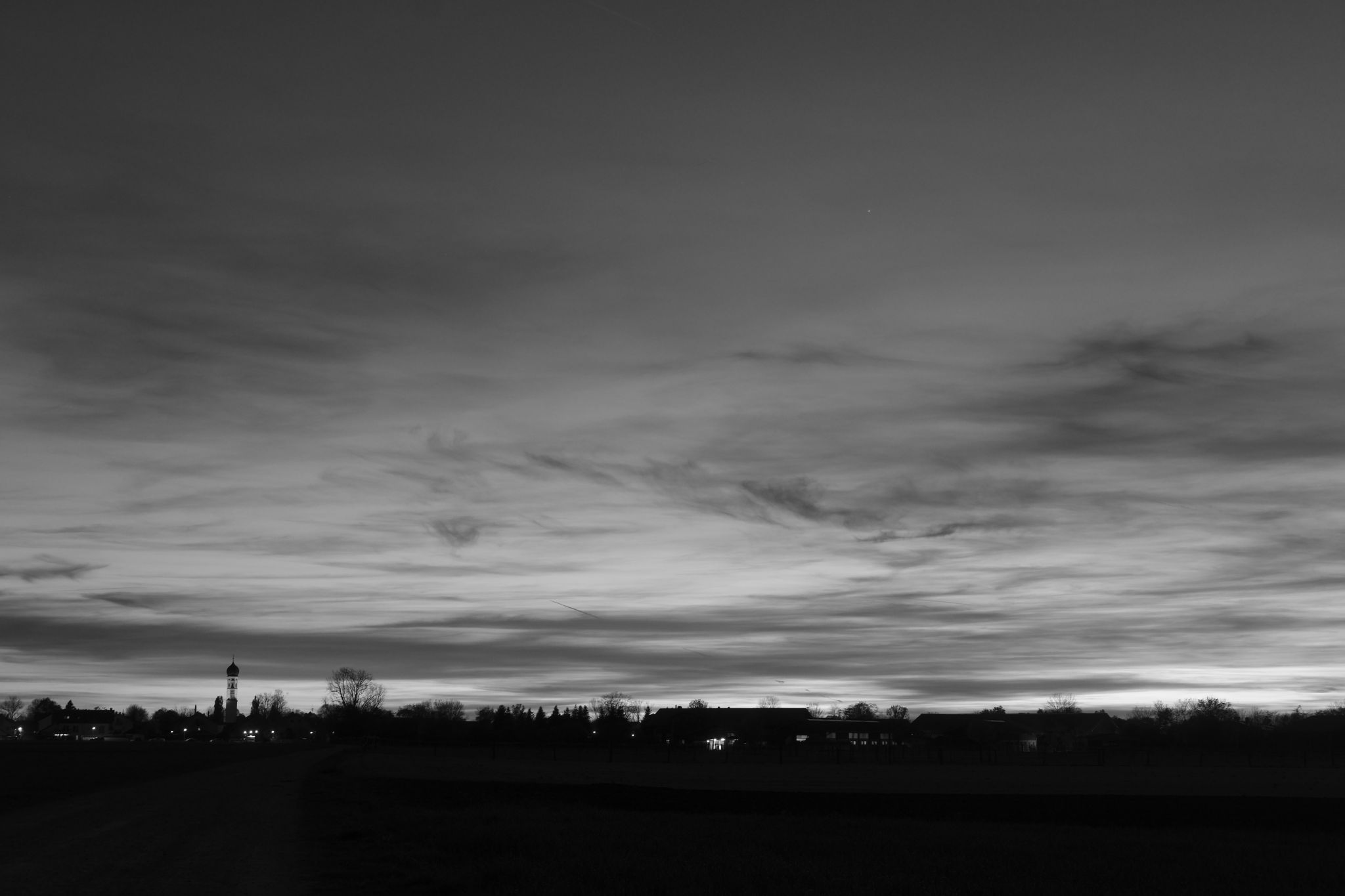
Filters can be very fun to play with. With digital workflows, a lot of this can be achieved in postprocessing (e.g. here is a photo where I achieved the red-filter idea but in post). But the challenge of creating interesting photos directly in camera is very interesting. And when you're shooting analog, film cameras, the options for postprocessing work are much more limited, and you have to get the effect in camera.
